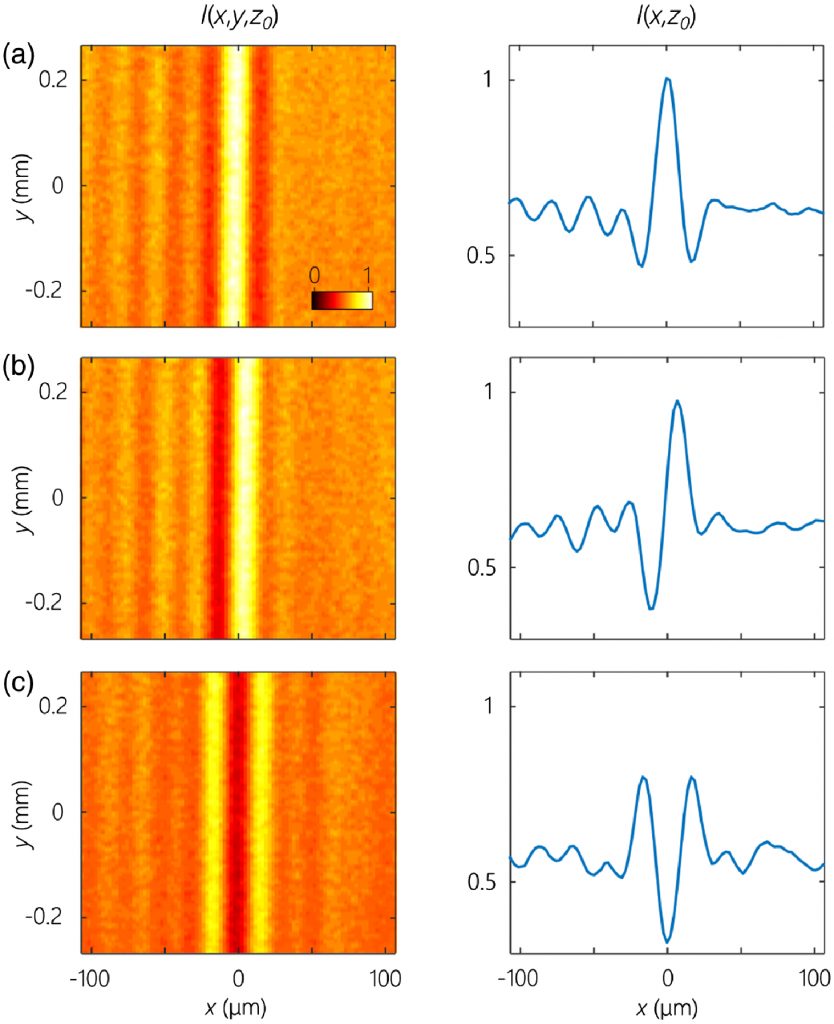A paper titled “Non-diffracting broadband incoherent space–time fields” by Murat Yessenov et al from Dr. Ayman Abouraddy‘s research group was highlighted in Nature Physics Research Highlights.
Unlike most light, propagation-invariant beams neither diffract nor disperse when they pass through a medium, allowing them to sustain their focal width for more than the Rayleigh length and to self-heal after they encounter an obstacle. All non-diffracting beams are characterized by tight correlations between the spatial and temporal frequencies underlying their beam profiles, which is why they are often realized using pulsed lasers, as a loss of spatiotemporal coherence is expected to destroy the beams’ non-diffracting nature. But now, Murat Yessenov and co-workers have succeeded in creating non-diffracting beams with fully incoherent light, operating instead in quasi-continuous-wave mode.
Taking inspiration from ultrafast optics, Yessenov and colleagues used a fully linear approach to shape the wave from an incoherent broadband LED, imparting it with the necessary correlations to create non-diffracting beams with a 300-fold enhanced Rayleigh length. The advance could relax the source requirements for imaging thick samples with, for example, light-sheet microscopy.
from “Stay in shape” by Nina Meinzer
